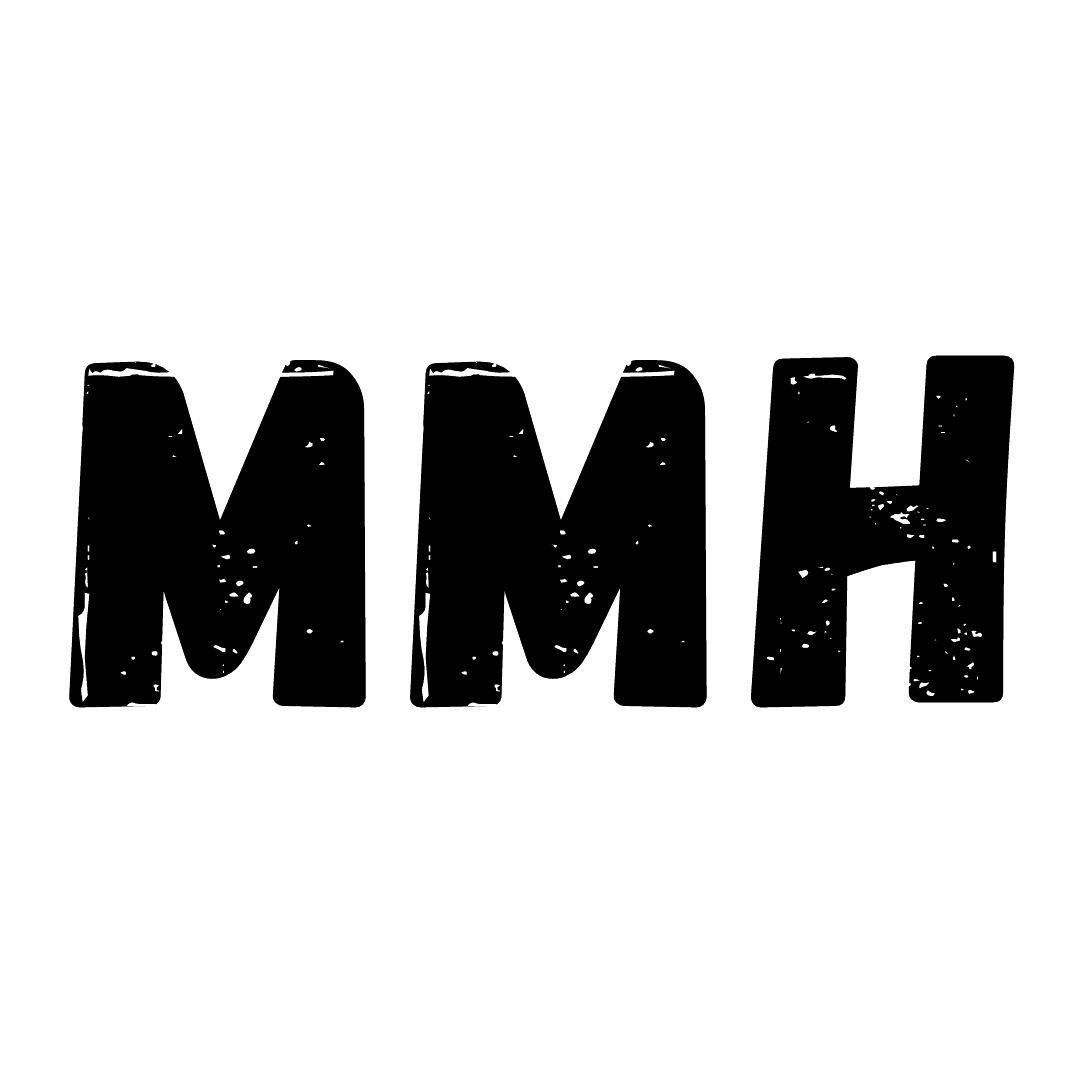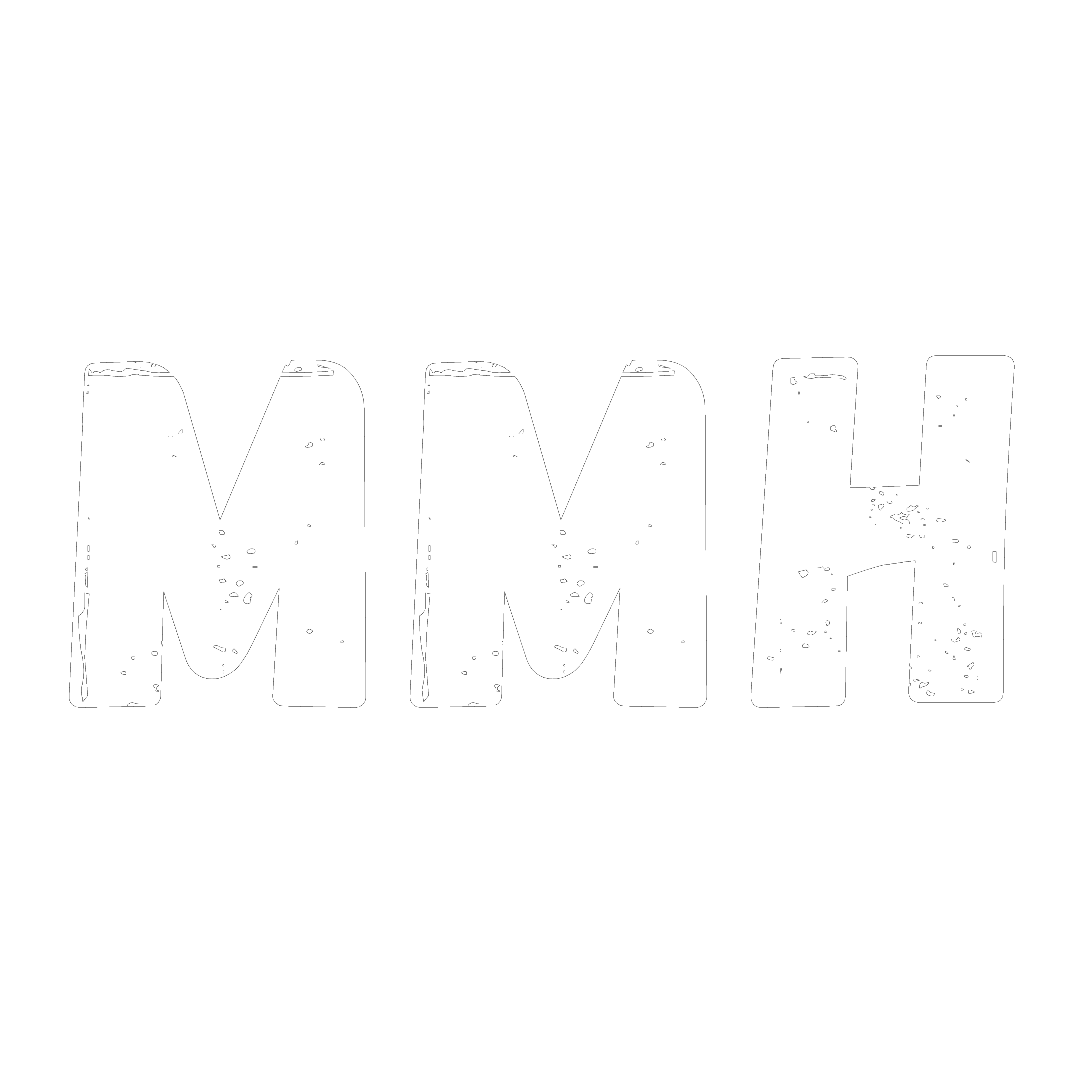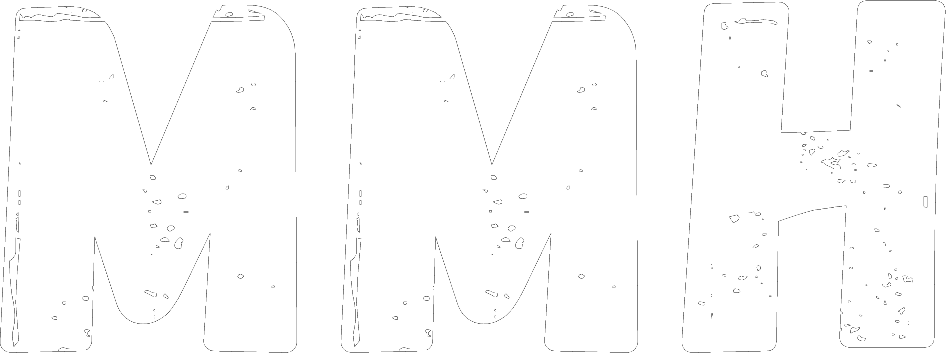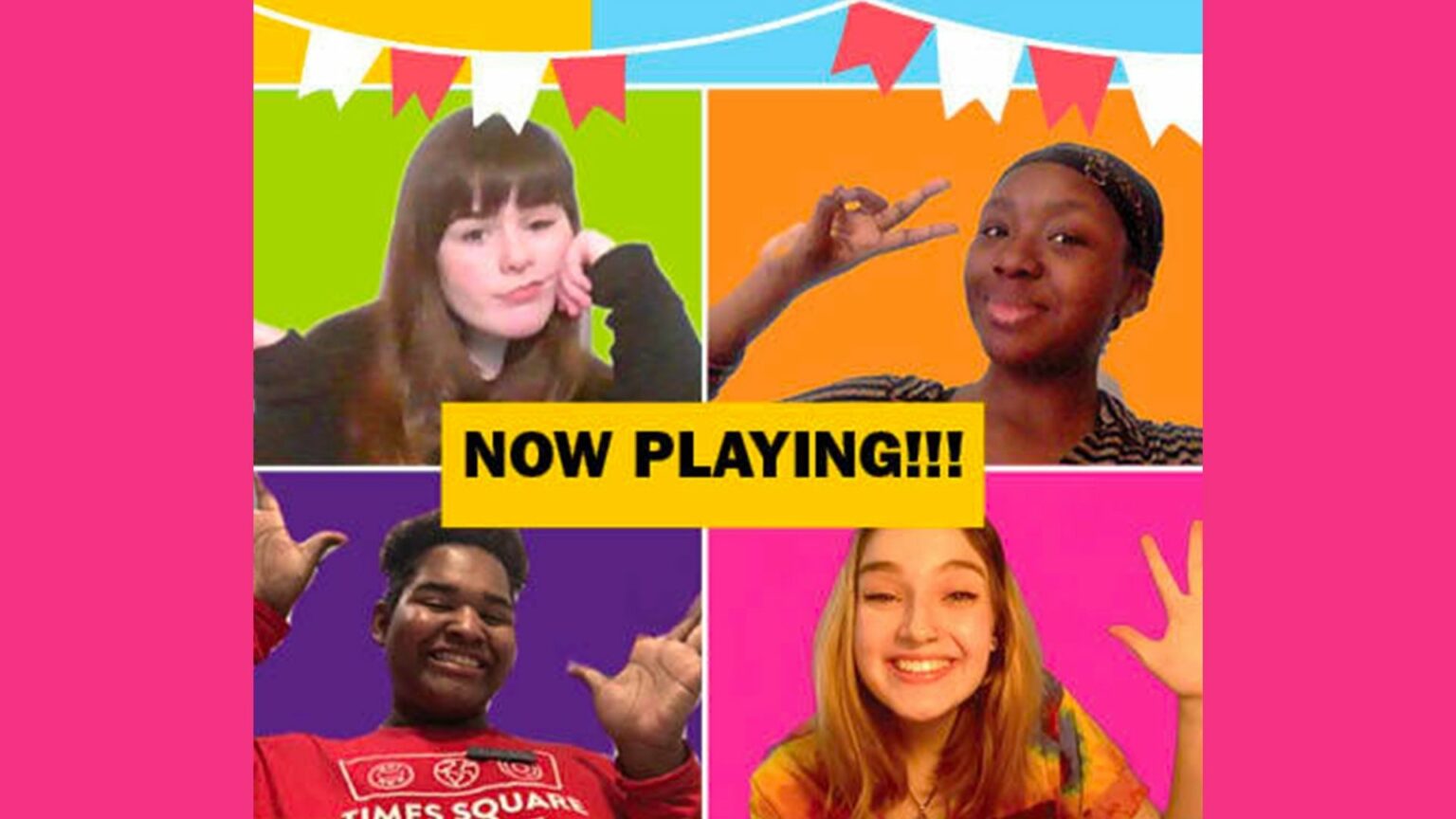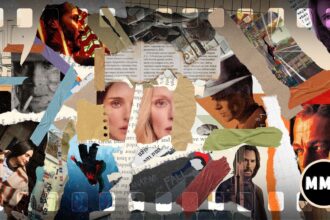It’s 7:25pm on a Thursday night. I’m sitting at my kitchen table with a fresh cup of tea and my laptop open, and I am about to watch a play.
Since the pandemic, I don’t think I’ve seen something in a theater with other people since Avengers: Endgame, and even before that, the last piece of live theater I’d seen was Yerma Off-Broadway in 2017. So, I am both looking forward to and deeply curious about this new form of entertainment I am about to take in.
The Party Hop is a play written by Natalie Morgan. This version I’m about to see is directed by Carrie Ann Quinn and performed by students of the Umass Boston Performing Arts Department Theatre Program. (A link to the show details is at the end of this piece.)
What makes this play special is that it is written specifically for Zoom. While I have seen several stabs at attempting to adapt existing plays, or other forms of entertainment, like concerts or live comedy, to the Zoom format, this will be the first time I’ll be witnessing a piece of content designed specifically for the format. I am deeply intrigued.
We start in a digital waiting room, not too unlike standing around in the foyer outside a theater before it begins. The only difference is that instead of overpriced alcohol and snacks, I’m drinking my own tea. I’ll admit, one thing I do miss is the excuse to dress up a little bit, though I suppose I was still free to do so. Waiting room music plays, while a helpful countdown clock ticks along to show me how much time I have left before the show starts. (Now that is an innovation I can get behind.)
As the clock winds down to zero, we get the standard pre-show instructions, with a few modifications for the format: No recording, chat has been disabled (e.g. no talking), and remember that this is, indeed, live.
The Party Hop follows three college girls at an unnamed university on a “night out” in 2023, in a world where the pandemic still rages and quarantine is ongoing. Due to the circumstances, all of their interactions are over Zoom–their classes, their hangout sessions, and their parties. As the play takes place four years into the pandemic, it quickly becomes clear that this is now normal, and new social rituals have grown up around this now-established reality.
Right off the bat, the play takes advantage of its unique setup, by having the waiting music flow seamlessly into diegetic music playing for a character on screen. This was a clever idea, and it will be interesting to see over time if there are more ways to use the Zoom delivery system as an opportunity rather than an obstacle.
This seems like a good point to introduce the second featured player of this article, my friend Josh Kohler. Josh is the Production Manager for the UMass Boston Performing Arts Department, and I saw The Party Hop at his insistence. I interviewed Josh for this piece; his responses have been edited slightly for length and content.
Tell us all who you are and what your background is.
I’m Josh Kohler, Production Manager for the UMass Boston Performing Arts Department–
I’ll have said that in the article by this point.
…And I started working in Theater Production in 2007 and have been doing so ever since.
What is your job?
As the Production Manager for UMASS Boston’s Performing Arts Department, I work with the Theatre, Music, and Dance programs in a number of capacities. Some of my day-to-day is administrative, but I also help produce our live events and performances.
What has it been like doing your job since COVID?
COVID has altered the landscape of my work life, the theater industry, and academia. I’m fortunate to have been able to work on pivoting from face-to-face to online, some people have not had that opportunity.
As a part of the CLA (College of Liberal Arts) that deals with performance, all of our educational tools involve face-to-face activities which were abruptly suspended in March. Hitting the one-year anniversary of that and reflecting on it, we’ve worked hard to try and make things work remotely. Some translate well enough, some surprisingly seamlessly, some just don’t at all.
Our Choir, Jazz, and Orchestra Ensembles can’t collaborate together in real-time for example, there’s no amount of high-speed internet that can bring the voices together in real-time. There are programs and software that get close, but their work has been extremely uphill. Theatre has also been impacted, but fortunately, we can get away with a little more. Things don’t have to be perfectly in sync, they just have to get close.
What are the unique challenges faced by the theater community in the pandemic?
A lot of other people have covered this, but Theatre is the shared experience of audience members in a room, listening to and watching a story told by a performer or performers. The story and performance is a significant part of the process, but so is being in the room, and going through it in real-time with other humans. Sports are similar, but we’re very used to watching them on TV, or by ourselves. They already have a significant video component. Theatre has, for myriad reasons, never been presented the same way because it’s widely held that the face-to-face aspect is crucial to appreciating it.
[As regards students and teachers in a program like at UMass] Students are, by definition, learning. So they are constantly working with faculty and staff to get a better understanding of how to collaborate in the Performing Arts. This means actual demonstration of methods and technique, with explanation and instruction. So we’re doing that now, they are still learning, but now everyone is navigating how to express themselves in a new platform.
We’re still working on translating the methods we’re deploying for online would work in a face-to-face environment. Everyone has faced technological challenges because everyone is working with different environments, spaces, computers, and internet speeds, so we’re all trying to connect and even though Zoom might be the platform, our tools for connecting to it are all drastically different.
How did you decide on The Party Hop as a play to perform?
The play was selected by our Program Coordinator, and its Director, Carrie Ann Quinn, who was looking for something written specifically for Zoom. We looked at a few other titles, but her instinct was that this piece, which relates to the current experience our students face, would work best.
Personally, I am only familiar with a few other titles written specifically for Zoom. There are a lot of titles that have been cleared for online performance, like Noises Off for example, but given it’s a medium that was largely ignored prior to the pandemic, The Party Hop stood out.
Have you put on a more traditional show during COVID? What was that experience like?
We have not done a traditional show, but in the Fall we presented “New Voices, New Stories,” which is a festival of readings of one-act plays by student-writers, and produced it all in Zoom. Since the festival involves staged readings, it lent itself well to an online format, and it was in some sense a trial run for some of the techniques we used on The Party Hop.
How did the students react to the play?
One hurdle of the online world is less casual interaction, less office water-cooler chat. I did not get a chance to really get their opinion of the show until after we closed. Since I’m not seeing them as regularly as the faculty, most of the time I’m only getting a little bit of chat before they audition, and that’s not exactly a social moment, so I’m not sure what their thoughts were going in.
How have audiences responded?
Without being able to hear actual applause or laughter, I can say that reports have been extremely positive. People have laughed, and also been very moved by the last third of the play, which really brings the worst parts of remote life that undergrads have faced into focus.
Speaking of audiences, we come to my own response to the show. As I alluded to before, my favorite aspect was seeing the show play with ideas of how, in a world where the quarantine was everlasting, everything would be different, yet everything would remain the same. (The same goes for simply observing these ongoing traditions among the younger generation.)
Parties are still attended–and indeed, multiple parties are hopped. Pregaming is still a thing, where you set up your secret signals for when to leave, and collecting everyone to finally get a move on is like herding cats. Parents still get tipsy and fight in front of their kids, the fact that it’s now on a screen merely gives a different filter for the same age-old awkwardness.
There were some nice acting and directorial touches worth noting. When the character Nancy joins the group, she is pegged as a “background changer,” someone who constantly changes her background, ostensibly for fun, but suspectedly just for attention. Not only does she do this, but the backgrounds themselves lack crisp boundaries; they flicker and bleed over her body, all of which very nicely matches Nancy’s flighty, flakey characterization.
The actress portraying Nancy, Phaedra Ferrini, and Lola Balgoun, playing Emma, share a laugh-out-loud moment, treating the exchange “Her mom is bad with technology,” “That’s so hard,” with all the deadpan seriousness of a cancer diagnosis.
I also learned a thing or two. In the absence of a mirror, a Zoom camera will work just as well. If you want to slip an unwelcome bit of information to someone, hide it in a text between two cute baby photos. (That way you can still say you sent it later on!)
If I had any criticisms of the show, they revolve around issues inherent to this new format. First, the show featured cross-casting, and while normally this is something I love, here I struggled with it.
In a typical play, there are numerous indicators actors and directors can rely on to convey a change in character: costuming, movement style, dialogue, and dialect, etc. These are mostly still available here, but they’re drastically constrained. The tiny boxes limited me to only see the actors from the chest up, and everyone had to wait their turn to speak. The result was that I spent some of one scene a little confused as to who some of the actors might be portraying.
The second problem was one that has plagued the Theatre since time immemorial: cell phones. On the one hand, it’s difficult to check your phone during a live production, it’s put away in your pocket. Furthermore, the consequences of an errant ring or other phone-related disruption are potentially severe.
In this instance, there is much, much less standing between you and the siren call of your little distraction-machine. Granted, the potential impact on the performers is zero, but that’s part of the problem. You can scroll texts to your heart’s content, safe in the knowledge that there’s no chance you’ll interfere with the actors. It still makes you a huge jerk, but I’ll cop to doing it a couple of times.
I would now like to turn to the second half of my interview with Josh, where we get into some of the more technical aspects of putting on a Zoom-play. For those with an inclination towards attempting this type of performance, it is very informative. For those who simply want to get my final word on the show, I will conclude with this:
The Party Hop was a fun and interesting experience. The actors were quirky and game, and at a fleet 65 minutes, it does not overstay its welcome. One scene, in particular, gave me real, long-term interest in the potential of this format, if certain technical issues such as lag time can be overcome, or even just reduced. In a word, Bravo.
And now, I will let Josh bring us home.
What have some of the challenges been putting on The Party Hop?
We spent a lot of energy getting cast members on LAN Internet (some but not all are), on similar audio equipment (wired earbuds and many cast members are using the same USB microphone), and then the backgrounds. Some cast members provided their own set dressing, one actor had birthday balloons behind them already, which was perfect.
Carrie Ann and our Stage Manager, Lauren, also focused on making sure people were evenly lit. Some used home-lighting, others clip-lights we sent. Basically, every rehearsal was baby steps toward our Tech Week, checking on all of these things, and about a week out from Tech every cast member received a small kit of supplies specifically addressed to the needs we identified during rehearsals.
My favorite touches were some of the practical things we did. Victoria, a mother who screams at her off-camera disruptive children, set up a pink sheer and a fake fiddle leaf fig plant behind her, to give her space the feel of a suburban mom.
For two cast members who are supposed to be in the same home, we provided green screens and digital backgrounds of two slightly different perspectives of the same room. We tried maybe three different backgrounds before identifying the need for green screens in order to keep all of their hand movement. Then we used a program called Zoom OSC, by Liminal Entertainment, to mute them remotely, to portray one pausing the other’s audio. That program was directly responsible for the success of the number of Zoom events that take place in The Party Hop.
We also initially used an app called Snap Camera or the backgrounds, because some people had cameras that didn’t react well with Zoom’s onboard tech. Snap Camera, from Snapchat, is also paired with a program called Lens Studio, where you can easily build custom filters. To me, it seemed easier for the Video Assistant–one of our students, Zoa Archer, who was a real rockstar!- to preload a bunch of options into Snap Camera and send the actress the tags to look up. Her particular computer did not handle Zoom backgrounds well and it seemed tough to ask a student to onboard 30 backgrounds to try out. Plus, we could alter them in Lens, zoom in, move the main image to the left or right so it was landing behind her instead of her having to duck out of the way
However, Snap is not as good at cropping because the Lens Tech is really meant for phones, so that character–Nancy–was disappearing a lot. So, after experimenting with the app, and with a green screen at her home, we built a simple folding black background out of foam board which helped Snap pick up her and her wig better. It also gave her kind of a halo that worked.
We did get a green screen just in case we decided to pivot because we did move 3-4 other actors from Snap Camera to Zoom backdrops with green screens because they did look a bit better and there was less cropping. But since Nancy was supposed to be a kid at home, and the Snap filters clearly unprofessional, we ended up keeping her on the platform. It was also actor-preference.
Setting up the backdrop was a lot to demand for every performance (it was 8’ W x 5’ H), but Phaedra, the actress, got very used to Snap Camera, and again, it was also a choice driven by the actor’s preference. That is one place where the virtual theatre world most clearly resembled the real one. We asked the cast to try a lot and they were always game, but we did try to stress that as actors they can have limits and boundaries and that was important to remember.
At the end of the day, the biggest challenge that ended up having minimal impact was internet failure. We did have two events over the run where an actor disconnected and then reconnected. One you noticed, during our second performance, and one Friday. Both resulted from other people in the house watching the play, which we cautioned might be an issue, but we didn’t want to prevent people’s friends and family from enjoying their hard work.
My station is piloting Zoom Functions, Hosting the Webinar, Sound Cues, and I’m taking cues from our Stage Manager over Slack Chat, so if our internet went out that would have been the biggest show stopper- people might have been booted from the Webinar.
Thanks for your time, Josh.
For more information on The Party Hop click here.
